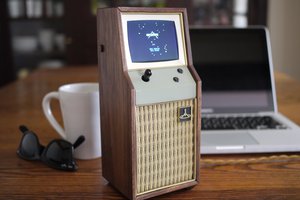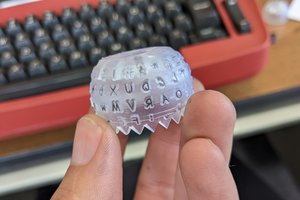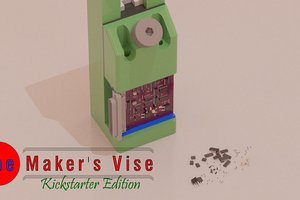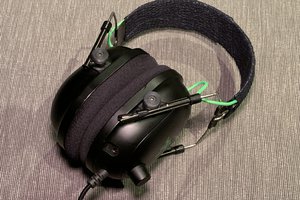There are a number of binding options available. For this project, I used lay-flat style binding.
In most books, you have a bunch of pages with printing on both sides bound together on one edge (glue, sewing, both, or otherwise). This is an extremely economical way of binding, but there's a "seam" between the two pages the user is looking at, and that can ruin content that is supposed to be continuous across the visible area.
Lay-flat bindings feature sheets of paper only printing on one side, and the blank sides glued in a manner that allows page turning. There are alternate approaches involving clever scoring so the pages fold in a particular manner, but I find scoring precisely unreliable for a maker's budget.
The lay-flat style allows a solid stack of flat pages on top of either cover, and the book to be set on a table and not have any sort of bending pages. This makes drawing on the pages easier, enables using more of the page, and makes it easier to use a large book in cramped settings.
The two major downsides of lay-flat pages are increased construction complexity, and increased thickness. Printing on one side, and gluing pages together yields a book twice as thick as a book printed via conventional means, which feature double-sided printing.
(Yes, it feels like I should be citing a source or two for most of this explanation, but I don't know of one readily).
 minifig404
minifig404
 Mike
Mike
 Sam Ettinger
Sam Ettinger
 Greg Stephens
Greg Stephens
 Tobias
Tobias